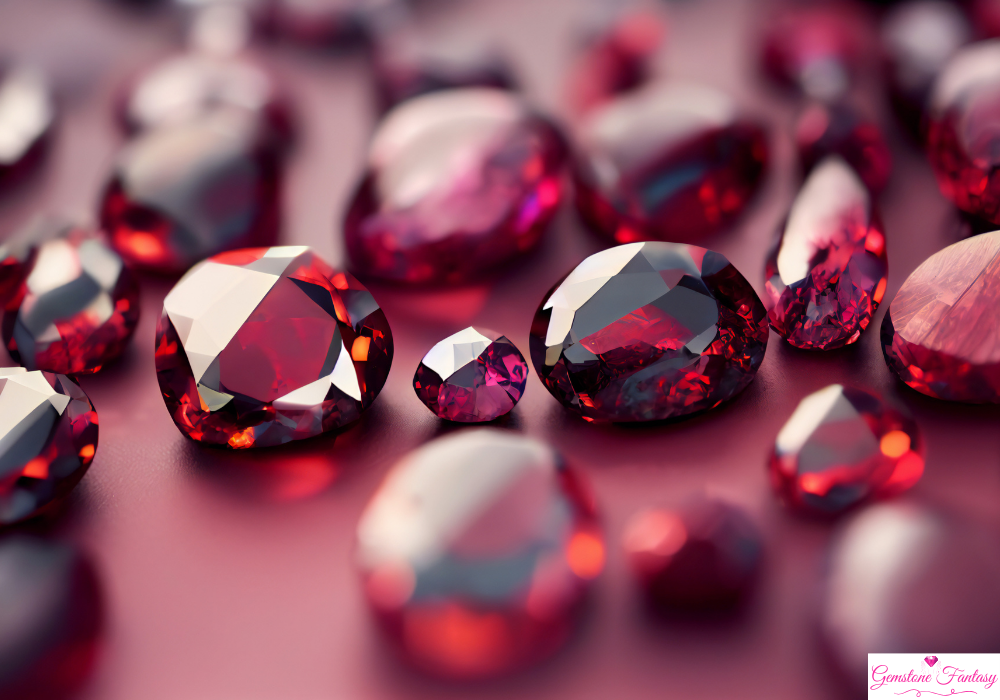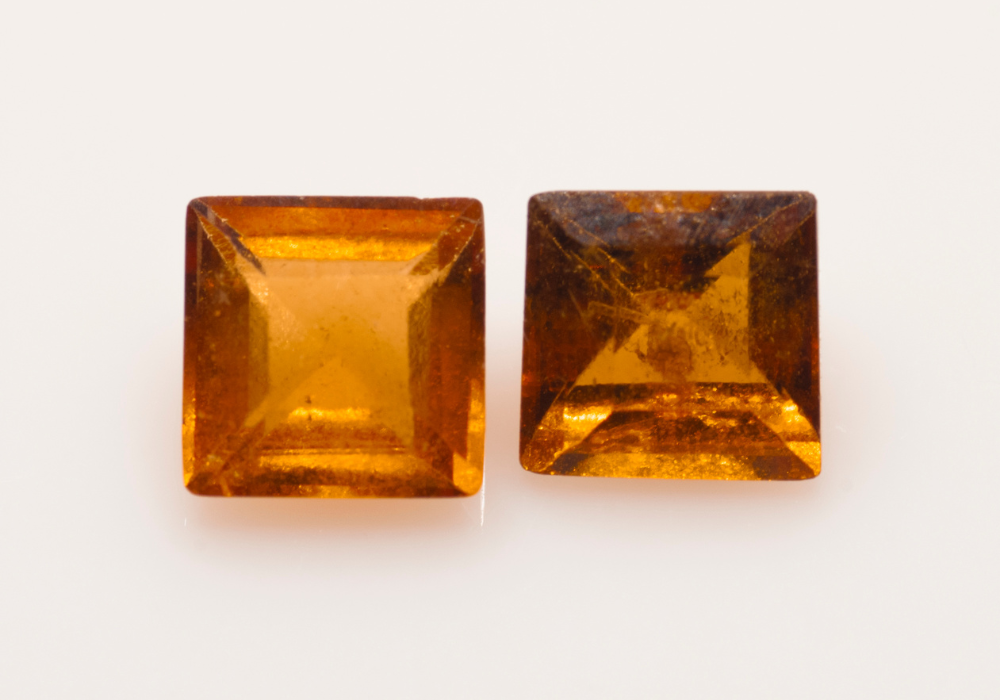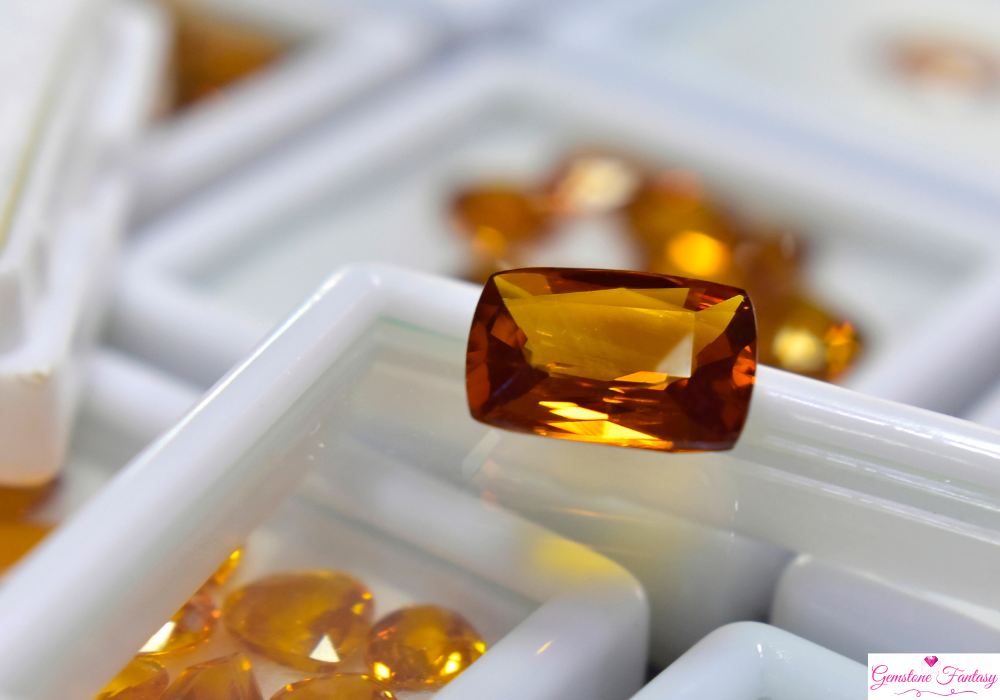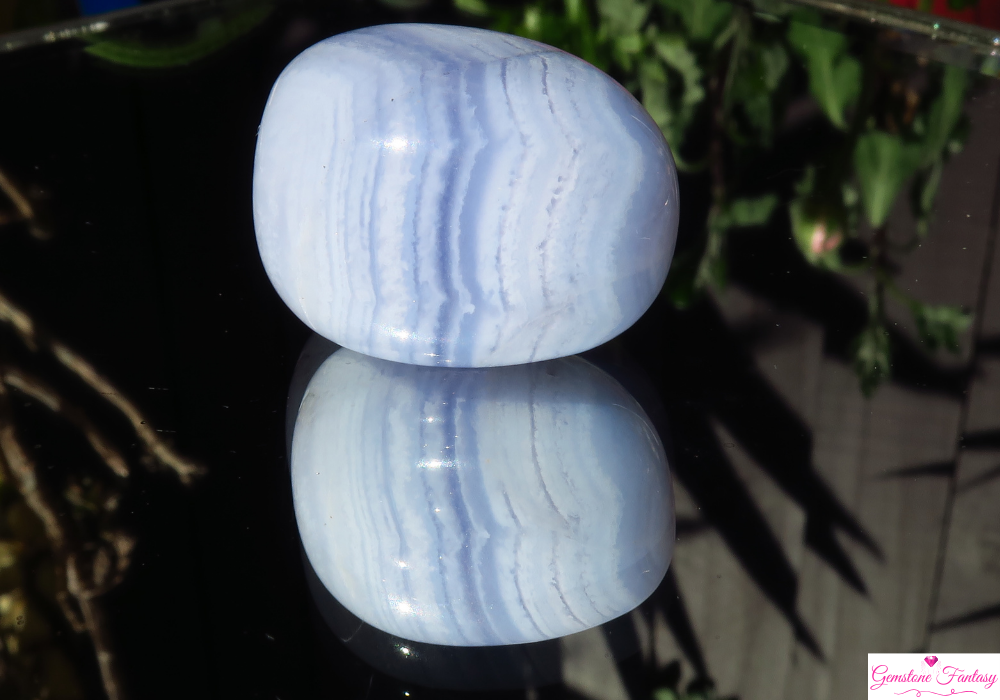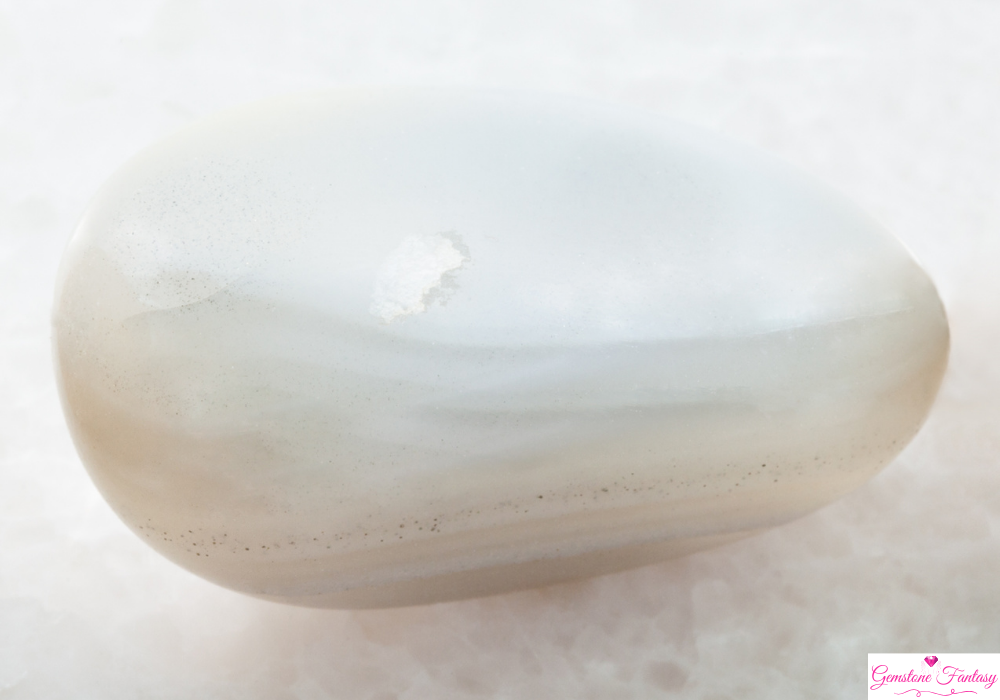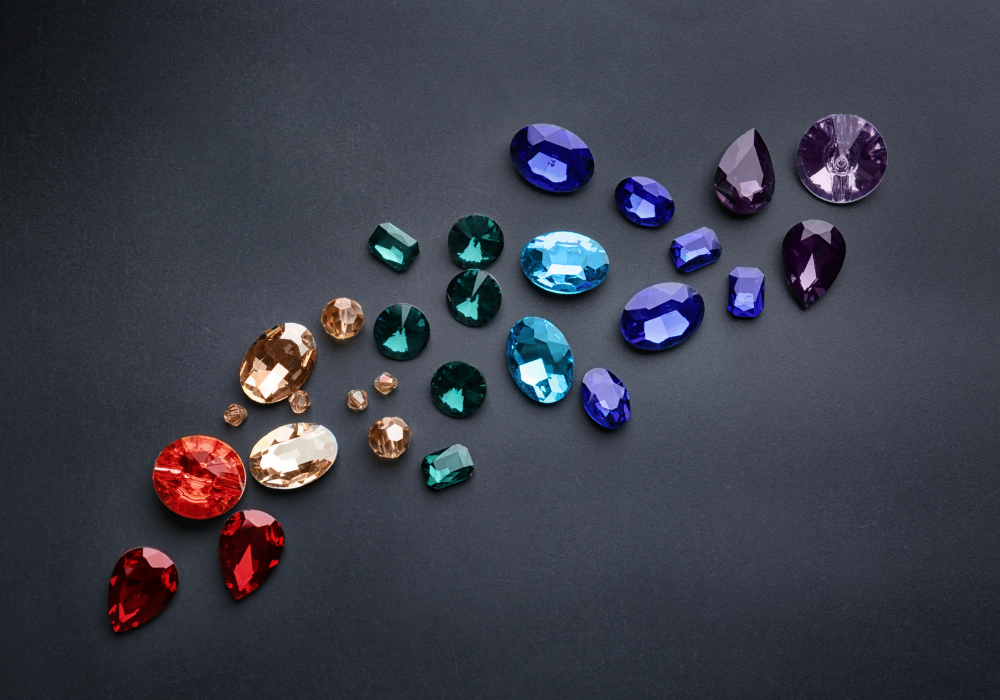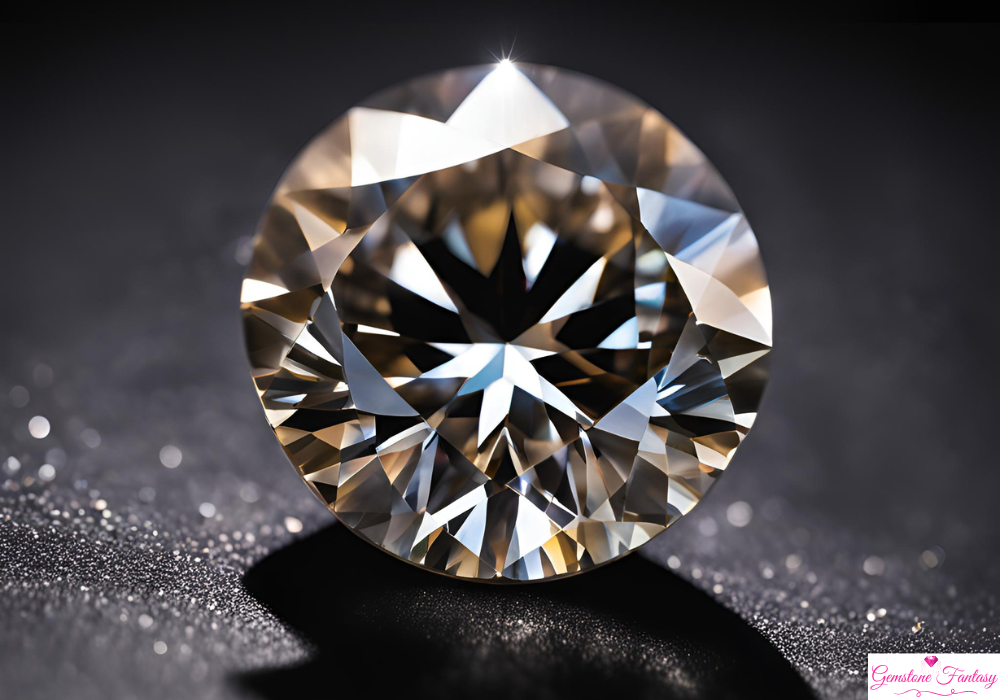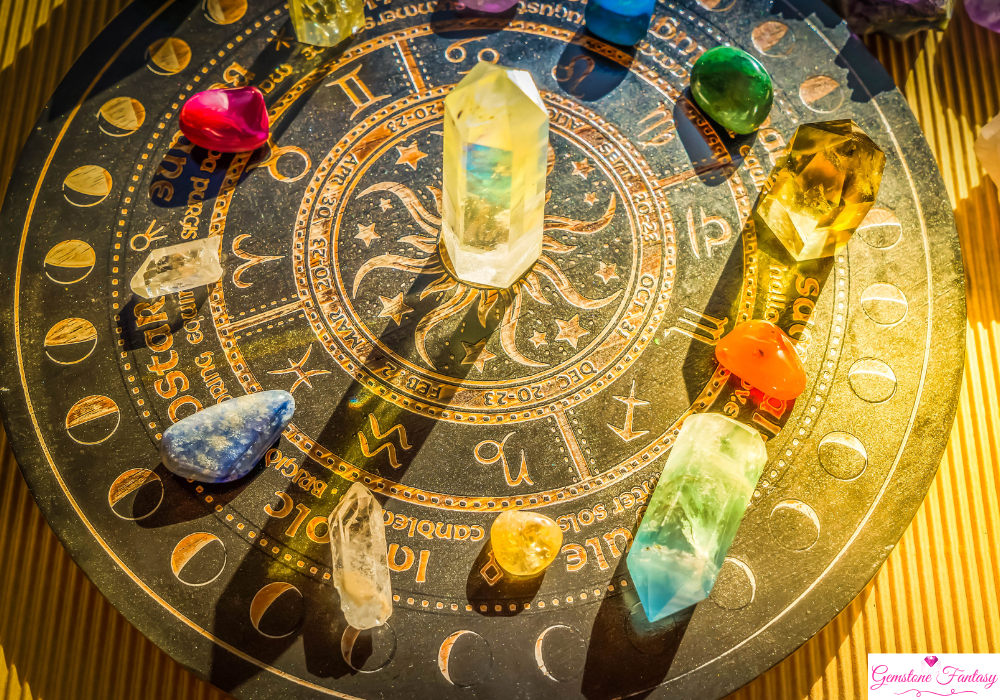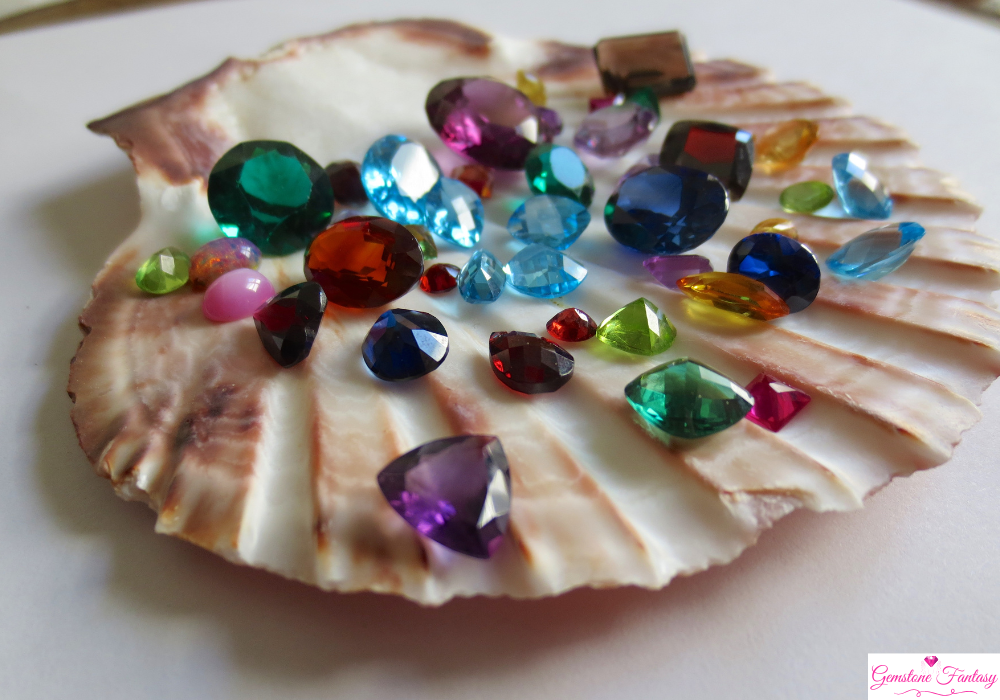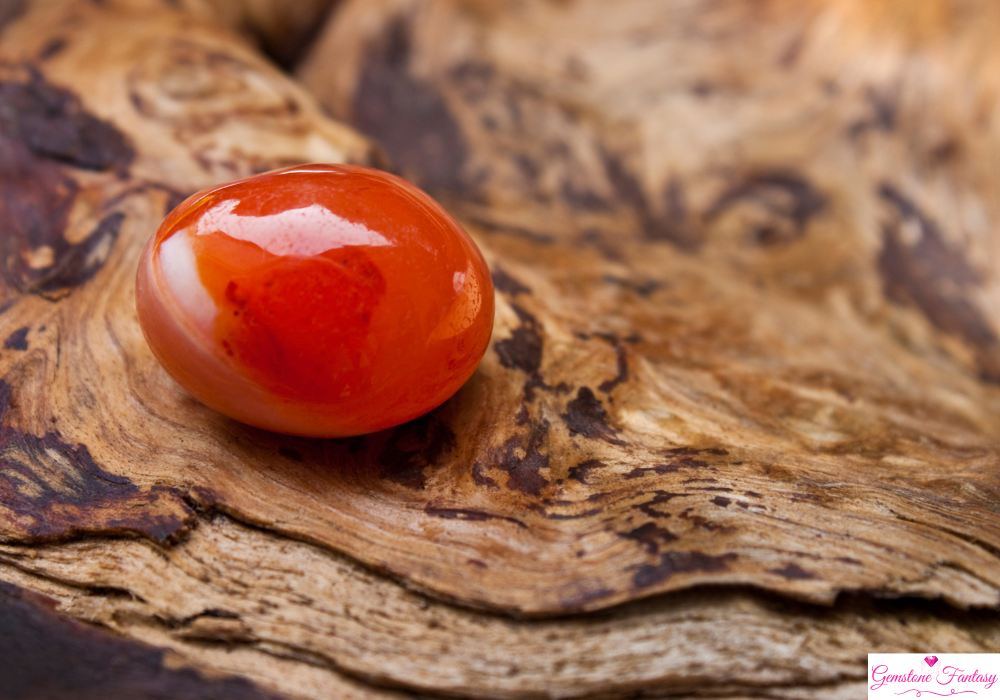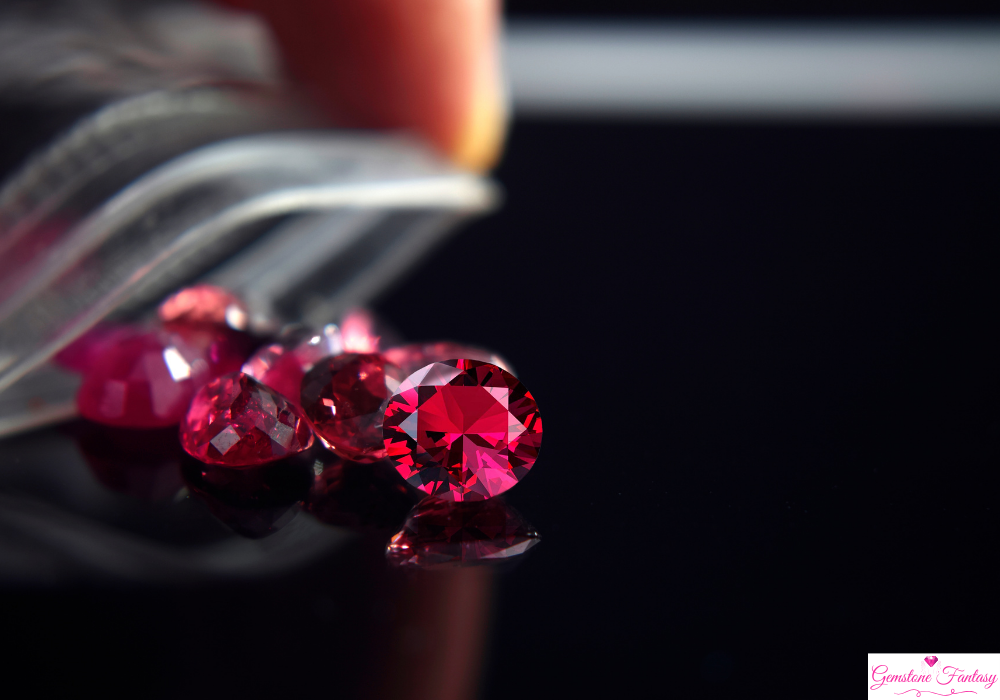The garnet group of gemstones is a complex and fascinating family of minerals known for their beautiful colors and varieties. Garnets are primarily composed of aluminum silicates and are widely recognized for their hardness, durability, and versatility, making them a popular choice for jewelry. They have been used for centuries in various cultures for decorative purposes, as well as for their supposed healing and metaphysical properties.
This article explores the garnet group, focusing on its composition, various types, their properties, and their uses in both jewelry and industry.
What are Garnets?
Garnets are a group of silicate minerals that share a similar crystal structure but vary in chemical composition. The most common garnet varieties are composed of iron, aluminum, magnesium, and calcium. The general formula for garnets is A3B2(SiO4)3A_3B_2(SiO_4)_3A3B2(SiO4)3, where A can be calcium, magnesium, or iron, and B can be aluminum, iron, or chromium.
Garnets crystallize in the cubic system, typically forming well-defined dodecahedral crystals. They are often found in metamorphic rocks but can also be present in igneous rocks and alluvial deposits.
Types of Garnets
The garnet group comprises several species, each with unique properties and colors. Here are some of the most notable garnet types:
- Almandine Garnet
- Color: Almandine garnet is known for its deep red to purplish-red color. It may also display brownish or violet hues.
- Properties: Almandine garnets are characterized by their high hardness (7.5 to 8 on the Mohs scale) and excellent clarity. They often exhibit a vitreous luster, making them particularly appealing for jewelry.
- Uses: Almandine is commonly used in various types of jewelry, such as rings, earrings, and necklaces. It is also employed as an abrasive material due to its hardness.
- Pyrope Garnet
- Color: Pyrope garnet is typically a vibrant, fiery red, sometimes with a slight brownish tint.
- Properties: Known for its brilliance and transparency, pyrope garnet is slightly softer than almandine but still ranks between 7 to 7.5 on the Mohs scale.
- Uses: Pyrope is often used in fine jewelry, particularly in vintage pieces. Its intense red color makes it a popular choice for engagement rings and other statement jewelry.
- Spessartine Garnet
- Color: Spessartine garnet ranges from orange to reddish-orange, often resembling the color of mandarin oranges.
- Properties: Spessartine garnets have a hardness of about 7 to 7.5 on the Mohs scale. They can exhibit a strong pleochroism, displaying different colors when viewed from different angles.
- Uses: Due to their striking color, spessartine garnets are increasingly popular in contemporary jewelry designs. They are often set in rings, pendants, and earrings.
- Grossular Garnet
- Color: Grossular garnets can be found in a variety of colors, including green, yellow, and colorless. The most famous variety is the “hessonite,” which has a warm, brownish-orange hue.
- Properties: Grossular garnets have a hardness of 6.5 to 7.5 on the Mohs scale and are known for their excellent clarity and brilliance.
- Uses: Grossular garnets are popular in jewelry, especially in more casual or artisan designs. Their range of colors makes them versatile for various applications.
- Andradite Garnet
- Color: Andradite garnets can be yellow, green, brown, or black. The most sought-after variety is “demantoid,” a bright green garnet that is highly prized by collectors.
- Properties: Andradite garnets exhibit a hardness of 6.5 to 7.5 on the Mohs scale and possess a unique fire that can rival that of diamonds.
- Uses: Demantoid garnets are particularly popular in high-end jewelry and are often used in statement pieces due to their rarity and striking appearance.
- Uvarovite Garnet
- Color: Uvarovite is the rarest type of garnet and is typically a vivid green, resembling emeralds.
- Properties: With a hardness of 6.5 to 7 on the Mohs scale, uvarovite is known for its rich color and attractive crystal formations, often found in small, drusy clusters.
- Uses: Uvarovite is less commonly used in jewelry due to its rarity, but it can be found in unique artisan pieces and collector items.
Formation and Sources of Garnets
Garnets typically form under high-pressure and high-temperature conditions, often in metamorphic rocks that have undergone significant geological changes. They can also be found in igneous rocks, such as basalt, and in alluvial deposits where they have been weathered and transported by water.
Some notable sources of garnets include:
- India: Known for producing high-quality almandine and pyrope garnets.
- Sri Lanka: Famous for a wide variety of garnets, including grossular and andradite.
- Tanzania: Known for its vibrant spessartine garnets.
- United States: Particularly in New York and Connecticut, where garnets are commonly found in metamorphic rocks.
Uses of Garnets in Jewelry
Garnets are popular in jewelry for several reasons:
- Aesthetic Appeal: Their rich colors and brilliance make garnets a favorite choice for various jewelry types, including rings, necklaces, bracelets, and earrings.
- Durability: With a hardness ranking of 6.5 to 8 on the Mohs scale, garnets are suitable for everyday wear, making them ideal for engagement rings and other frequently worn pieces.
- Affordability: Compared to other gemstones, garnets are often more affordable while still offering significant beauty and durability.
Garnets can be cut into various shapes, including cabochons, faceted stones, and beads, allowing for creativity in jewelry design.
Metaphysical Properties of Garnets
Garnets have been attributed with various metaphysical properties throughout history, making them significant in many cultures. Here are some key beliefs associated with garnets:
- Emotional Healing: Garnets are thought to promote emotional balance, helping to alleviate feelings of anxiety and depression. They are believed to enhance self-confidence and inspire love and devotion.
- Energy and Vitality: Garnets are often associated with the root chakra, believed to ground energy and promote physical strength and vitality. They are thought to revitalize energy levels and improve overall well-being.
- Protection: Throughout history, garnets have been viewed as protective stones, warding off negative energies and enhancing the wearer’s sense of safety and security.
- Passion and Romance: Particularly with red garnets, there is a belief that these stones can ignite passion and romantic love, making them popular choices for engagement and wedding jewelry.
Industrial Uses of Garnets
Beyond their decorative applications, garnets are also utilized in various industrial applications. Their hardness makes them valuable as abrasives in cutting, grinding, and polishing materials. Garnet sand is often used in water jet cutting, sandblasting, and as an abrasive in various manufacturing processes.
Conclusion
The garnet group is a diverse and captivating family of gemstones, offering a wide range of colors, properties, and applications. From the rich reds of almandine and pyrope to the vibrant greens of uvarovite, garnets have captivated jewelers and collectors for centuries. Their durability, affordability, and unique beauty make them a favorite choice for all types of jewelry, while their industrial uses demonstrate their versatility beyond adornment.
Whether you are drawn to garnets for their aesthetic appeal, emotional significance, or practical applications, there is no denying that these gemstones are a treasure worth celebrating. With a rich history and a variety of colors and types, garnets continue to be cherished by people worldwide, making them a timeless addition to any jewelry collection.

